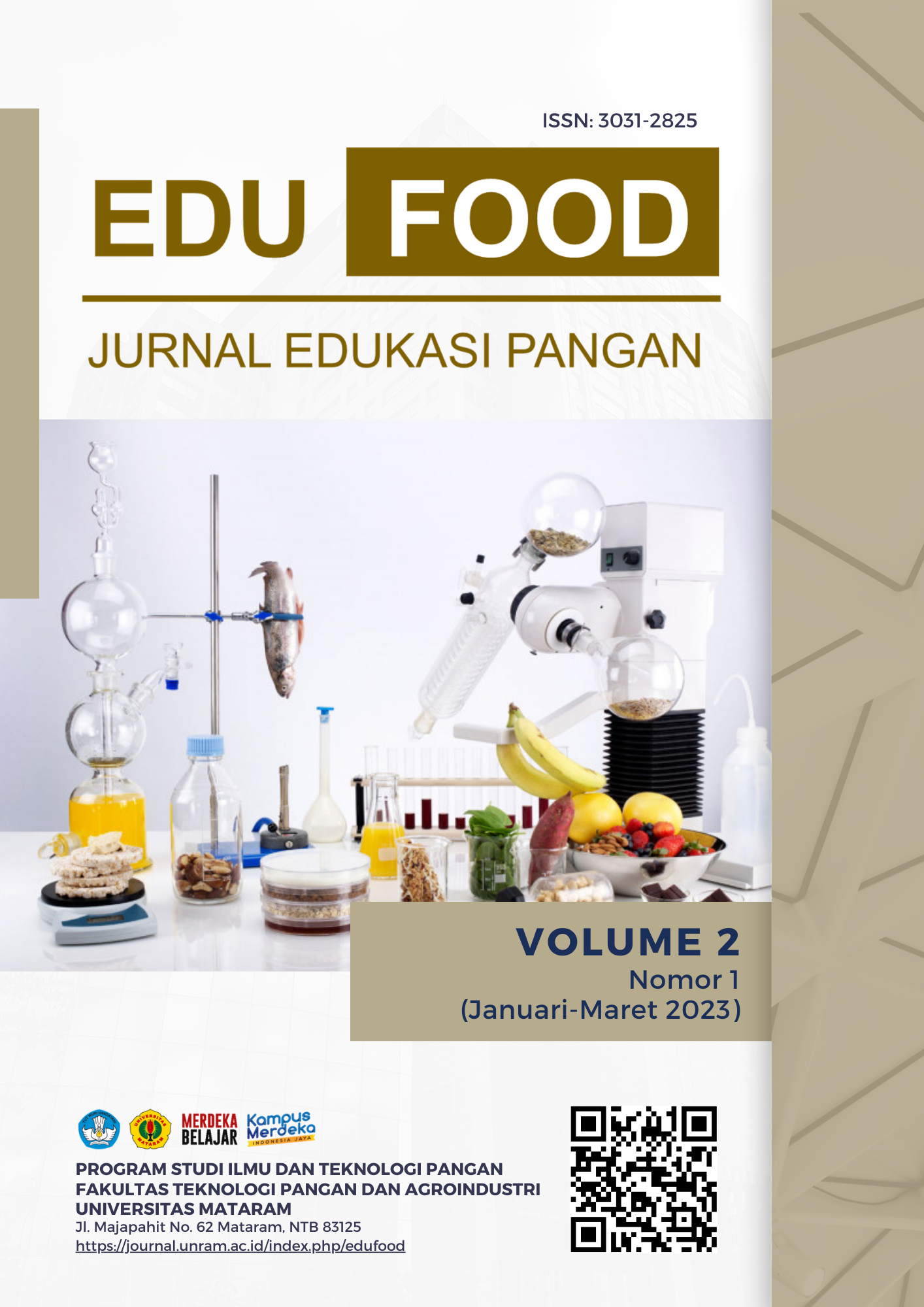MICROBIOLOGICAL, CHEMICAL, AND ORGANOLEPTICAL TESTS PASTEURIZED CRAB (Portunus pelagicus) FILLET UD. SALMAN SEAFOOD, LEMBAR, WEST LOMBOK
Keywords:
fillet, pasteurization, protein, crabAbstract
Crab fillet is a fishery product that has high water and nutritional content. These factors certainly support the growth of microorganisms which cause crab fillets to suffer damage or decay. Damage to crab fillets can also occur if handling and post-harvest processing are not carried out properly. Therefore, a study was conducted to determine the feasibility of consuming pasteurized crab fillets through testing with several parameters, namely microbiological, chemical, and organoleptic. Microbiological parameters were carried out using the Total Plate Count (TPC) method and organoleptic parameters using the scoring method according to the quality requirements of SNI 4224: 2015. In addition, chemical parameters were determined by determining protein content, water content, and degree of acidity (pH). The results of the Total Plate Number (TPC) test showed that the number of bacterial colonies growing was 3,4 × 104 CFU/gram. The number of bacterial colonies that grow does not meet the quality requirements of SNI 4224: 2015. The high water content of 75,48% and a pH value of 8,07 can support the number of growing bacterial colonies. In addition, the pasteurized crab fillet protein content was quite high at 15.12% and the organoleptic test results with the scoring method were acceptable to the panelists in terms of appearance, smell, taste and texture.


